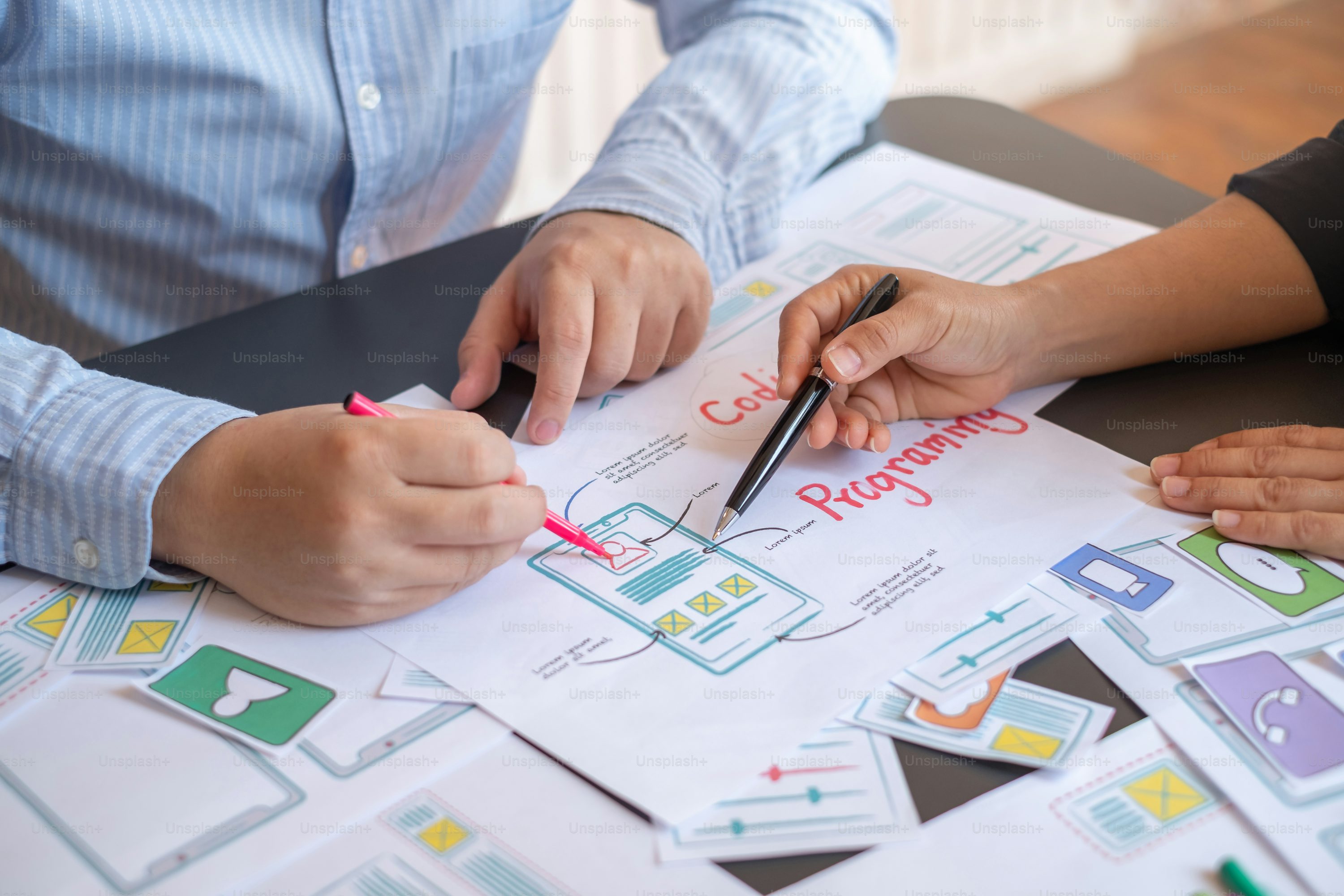
What is UX Design?
User experience (UX) refers to the user’s journey when interacting with a product or service. UX design is the process of creating products or services that provide meaningful experiences for users, involving many different areas of product development including branding, usability, function, and design.
One way to think of UX design is to consider the entire process or journey a user experiences when interacting with a product or service. How is the user introduced to the service or product — through advertising, blogs, or something else? What kind of interaction does the user have with the brand? How does the user feel after the interaction? All of these questions and more are key considerations within UX design.
A UX designer’s primary goal is for each user to have a positive interaction with a product or service. Whether the interaction solves a problem, provides entertainment, or helps the user find critical information, the experience should leave the user feeling fulfilled.
What Does a UX Designer Do?
Specifically, UX designer responsibilities include strategy development, testing, implementation, and analysis of products/services and their overall designs.
Content Strategy
Content strategy focuses on the planning, creation, and execution of content which can include text, images, and multimedia elements on a page or in an application. Content strategy isn’t always the responsibility of a UX designer, but more companies are emphasizing content-driven design to deliver a more effective experience.
Testing and Prototyping
Testing and prototyping are important parts of the UX design process. Most designs go through multiple iterations before they are finalized, and these changes are backed up along the way. Knowledge of common research methodologies (such as A/B testing) is also an asset to UX design.
Coordination and Analysis
Typically, UX designers work with a broader design team to create products and services for an organization. This process involves planning, developing strategy, executing, and analyzing projects after implementation. UX designers spend a lot of time planning for future projects, analyzing existing designs, and tracking the performance of their designs.
Consumer Research
The best UX designs are driven by research, which informs UX designers about their problems and what can be solved by a specific design. UX research can involve questionnaires, surveys, focus groups, product testing, or other research methodologies. The specific research methodologies depend on what a company wants to know about a product or its users.
The UX design process in 5 steps
There’s no universal workflow that every UX and product team follows—products, users, and internal processes vary. Some teams follow the Lean UX model, for example, which includes three broad phases:
Research and understanding
identify pain points, goals, blockers, and characteristics among users, and draw up detailed user personas that inform design decisions to keep the UX design process focused on users.
Prototyping and wireframing
a version of your product with enough features to allow your first users to test it and offer feedback. The prototype generally doesn’t look like a finished product, but it provides a sense of how the finished product will work.
Testing
The UX is confusing and prevents users from accomplishing their goals Some features aren’t worth developing further because users aren’t interested in them Certain user actions create friction in the product experience
Launch
Once your product is ready, launch is often done in stages. For example, your UX team might release a beta version or ‘soft launch’, where a new design is launched to a small group of users first, to get additional user feedback and usage data before rolling it out to your whole user base.
Iteration
In the iteration stage, your team will continue to make updates and improvements as needed, and closely monitor how those changes impact the product experience.
Resources for Learning About UX Design
Do you want to learn more about UX design and becoming a UX designer? Here are some valuable resources that provide more information.
UX Design Portfolio
This resource from UX Planet discusses what makes up a good UX/UI design portfolio. This article covers how to set up a portfolio, what should go in a UX design portfolio, how to display information, and how to promote your work. These skills are crucial for anyone wanting to get started in UX/UI design.
Inclusive Design Principles
Accessibility and inclusivity are important considerations for anyone interested in UX/UI design. This website lays out some people-first design concepts that can help make your designs accessible to a much wider range of users.
User Experience Basics
This page from Usability.gov showcases some of the basics involved with user experience and how to create meaningful experiences through design. The page also links out to a variety of resources discussing interaction design, UI design, and accessibility in design. Understanding some of these fundamentalUX concepts can help you develop your skills more quickly.
Presenting Information Architecture
This resource from the Web Style Guide discusses the basics of information architecture and wireframing the basic design of a website. We’ve discussed wireframing, planning, and information architecture extensively throughout this article, and this resource discusses the basic process of utilizing these principles on a project.